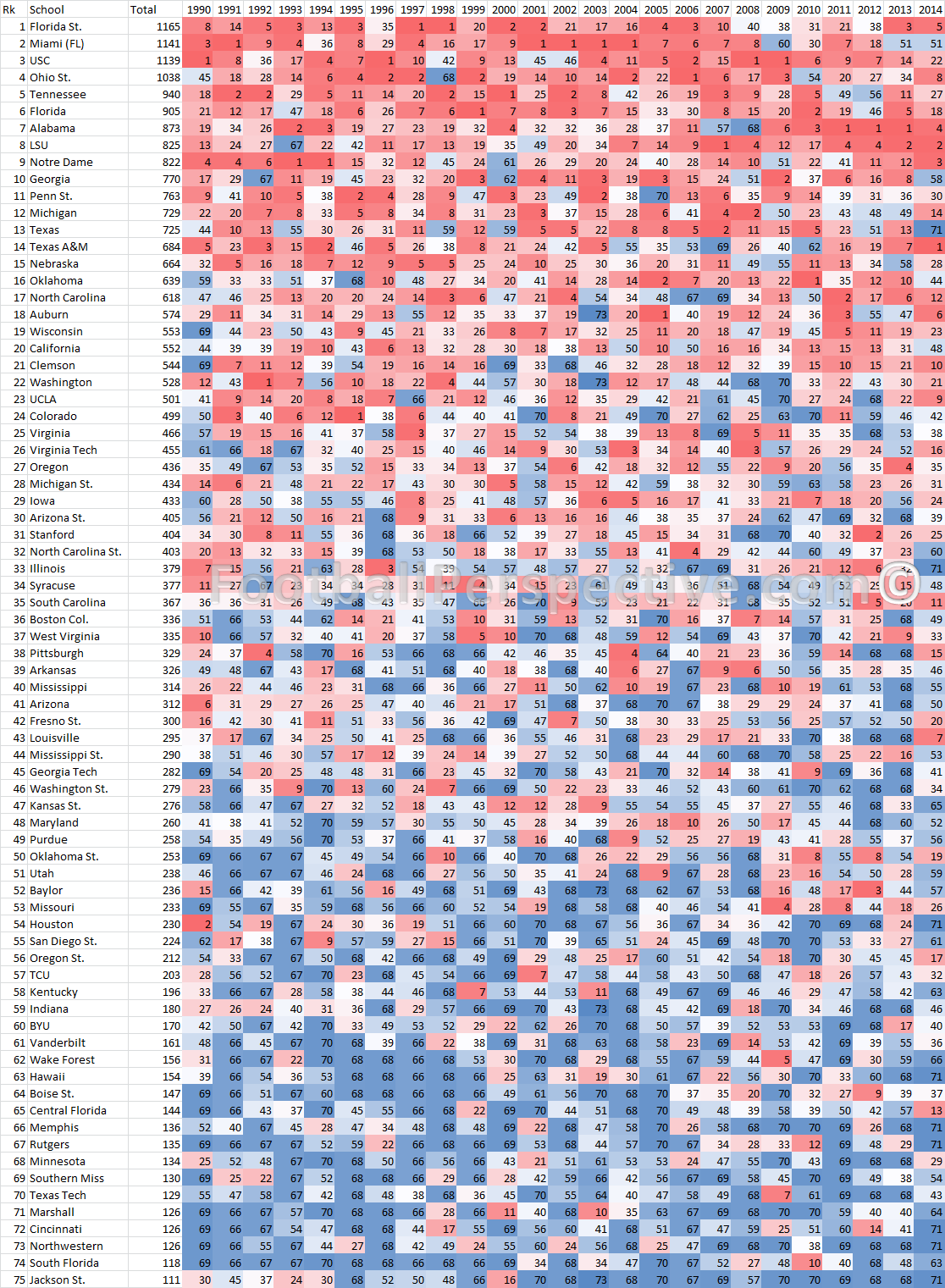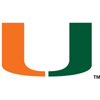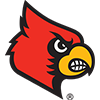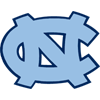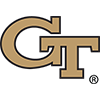Their hypocrisy knows no bounds.
Freshman ineligibility a radical tonic for what ails college sports
"The NCAA made freshmen eligible for varsity sports in 1972. More than four decades later, only the romantic and/or delusional believe a return to those more restrained, less moneyed times is possible.
Sure, Wilt Chamberlain, Lew Alcindor and others of their era were relegated to freshman teams. But that was before ESPN, the Internet and social media nationalized major college football and basketball, turning them into multi-billion dollar industries.
Would many (most?) incoming athletes, especially those in football and men's basketball, benefit from a first year absent varsity competition's demands? The Big Ten made a compelling case this month with a 12-page position paper titled "Education First, Athletics Second: The Time for a National Discussion is Upon Us."
"Of the 37 major infractions cases involving academic fraud over the past 20 years, all but five (i.e., 32 of the 37) involve either football, men's basketball, or both," the paper says. "Of the 20 academic investigations currently being conducted by the NCAA enforcement staff, 14 involve either football, men's basketball, or both. To put into context, although football and men's basketball account for fewer than 19 percent of all participants in Division I, over 80 percent of academic infractions cases, past or pending, involve these two sports."
The collective academic shortcomings of football and basketball athletes are best discussed at length in a sociology thesis exploring economics, race, secondary public education and a culture that rewards its entertainers with excessive money and status. But the basic fact is, football and basketball players are far less-prepared than their counterparts in other sports, let alone the student population at large, for college's academic rigors.
Back in the Dark Ages, the NCAA used to print annual Graduation Rates reports of 600-plus pages. And for many of those years, until 1998, the data included average standardized test scores and high school core grade-point averages for incoming athletes, broken down by sport.
None of the ACC's 15 current schools countered that trend. Closer to home, neither did Football Championship Subdivision William and Mary.
Virginia: The average high school GPAs for football and basketball were 2.78 and 2.94, respectively. All other athletes combined for 3.35. The SAT scores were more jarring with basketball 936, football 958 and other athletes 1,163.
Virginia Tech: Football and basketball GPAs were 2.71 and 2.98, with all other sports at 3.22. The SAT average was 853 basketball, 881 football and 1,014 other athletes.
William and Mary: GPAs were 3.16 basketball, 3.26 football and 3.50 others. SAT scores were 1,088 basketball, 1,099 football and 1,155 others.
The NCAA no longer collects such data, but does anyone believe those disparities have narrowed or vanished? Didn't think so.
William and Mary, Virginia and Virginia Tech graduated an admirable percentage of those athletes, a trend that continues today. And there's the rub.
Personal accountability coupled with administrative support can convert many marginal students into graduates, even honors graduates. Also, many who do not earn degrees can benefit from the social, cultural and intellectual experiences of campus.
Still, change is needed, and pending.
Starting in 2016-17, recruits must attain a 2.3 core high school GPA, up from 2.0, to be eligible as freshmen. Those who fall shy — there's also a sliding scale of corresponding standardized test scores — can receive an academic redshirt year while retaining four years of eligibility.
How much, if any, the enhanced admissions requirement affects academic performance won't be known for years, which I believe is enough to table Delany's suggestion of a football and men's basketball "year in residence," his and the Big Ten's synonym for freshman ineligibility.
To be sure, Delany isn't the most credible agent for temperance, since he and the Big Ten contributed heavily to the present situation, with their money and land grabs. A lecture on over-eating doesn't play well coming from someone who's made multiple trips through the buffet line.
But while awaiting the academic numbers, there is another Delany point to address: The seasons for football and basketball have mushroomed.
"To illustrate perfectly," the Big Ten paper says, "UCLA won the NCAA (basketball) championship in 1972-73, finishing 30-0; if Kentucky had gone undefeated this year, they [sic] would have finished 40-0."
Trim football to 11 regular-season games from 12. Cut basketball to 26 games and eliminate the loophole by which a three- or four-round tournament counts only as one game. There's a start toward shifting the emphasis back toward education.
Alas, given television's need for inventory and schools' reliance on television money, shorter seasons are as likely as freshman ineligibility. But in a time of academic scandal, the status quo could be untenable, a concession to those who proclaim major college athletics is a sham.
Increase academic progress demands once athletes are enrolled? Further penalize programs and schools when athletes underperform in class?
Let the discussion begin.
As the Big Ten paper states: "If we cannot defend — through an examination of actions and results as opposed to words — that education is the paramount factor in our decision-making process (rivaled only by the health and safety of our student-athletes), then the enterprise stands as a house of cards."
![[Image: HnimCho.png]](http://i.imgur.com/HnimCho.png)



